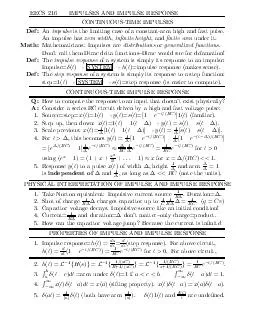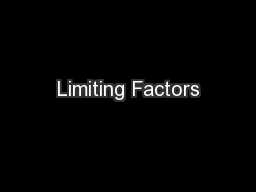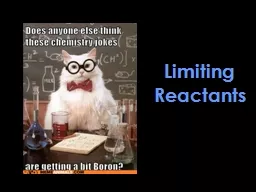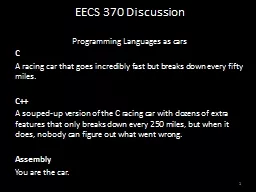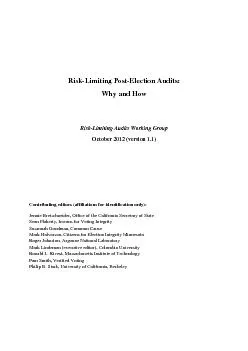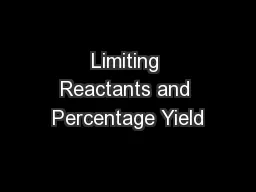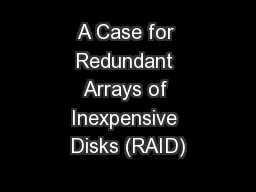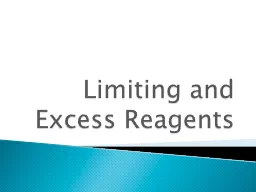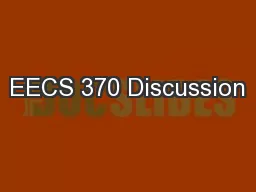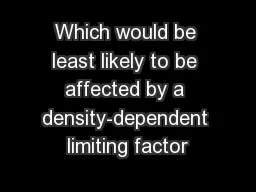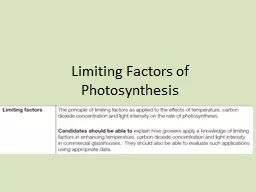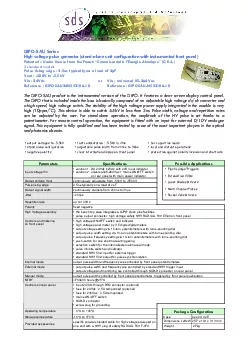PDF-EECS IMPULSES AND IMPULSE RESPONSE CONTINUOUSTIME IMPULSES Def An impulse is the limiting
Author : ellena-manuel | Published Date : 2014-12-16
An impulse has zero width in64257nite height and 64257nite area under it Math Mathematicians Impulses are distributions or generalized functions Dont call them Dirac
Presentation Embed Code
Download Presentation
Download Presentation The PPT/PDF document "EECS IMPULSES AND IMPULSE RESPONSE CONT..." is the property of its rightful owner. Permission is granted to download and print the materials on this website for personal, non-commercial use only, and to display it on your personal computer provided you do not modify the materials and that you retain all copyright notices contained in the materials. By downloading content from our website, you accept the terms of this agreement.
EECS IMPULSES AND IMPULSE RESPONSE CONTINUOUSTIME IMPULSES Def An impulse is the limiting: Transcript
Download Rules Of Document
"EECS IMPULSES AND IMPULSE RESPONSE CONTINUOUSTIME IMPULSES Def An impulse is the limiting"The content belongs to its owner. You may download and print it for personal use, without modification, and keep all copyright notices. By downloading, you agree to these terms.
Related Documents

